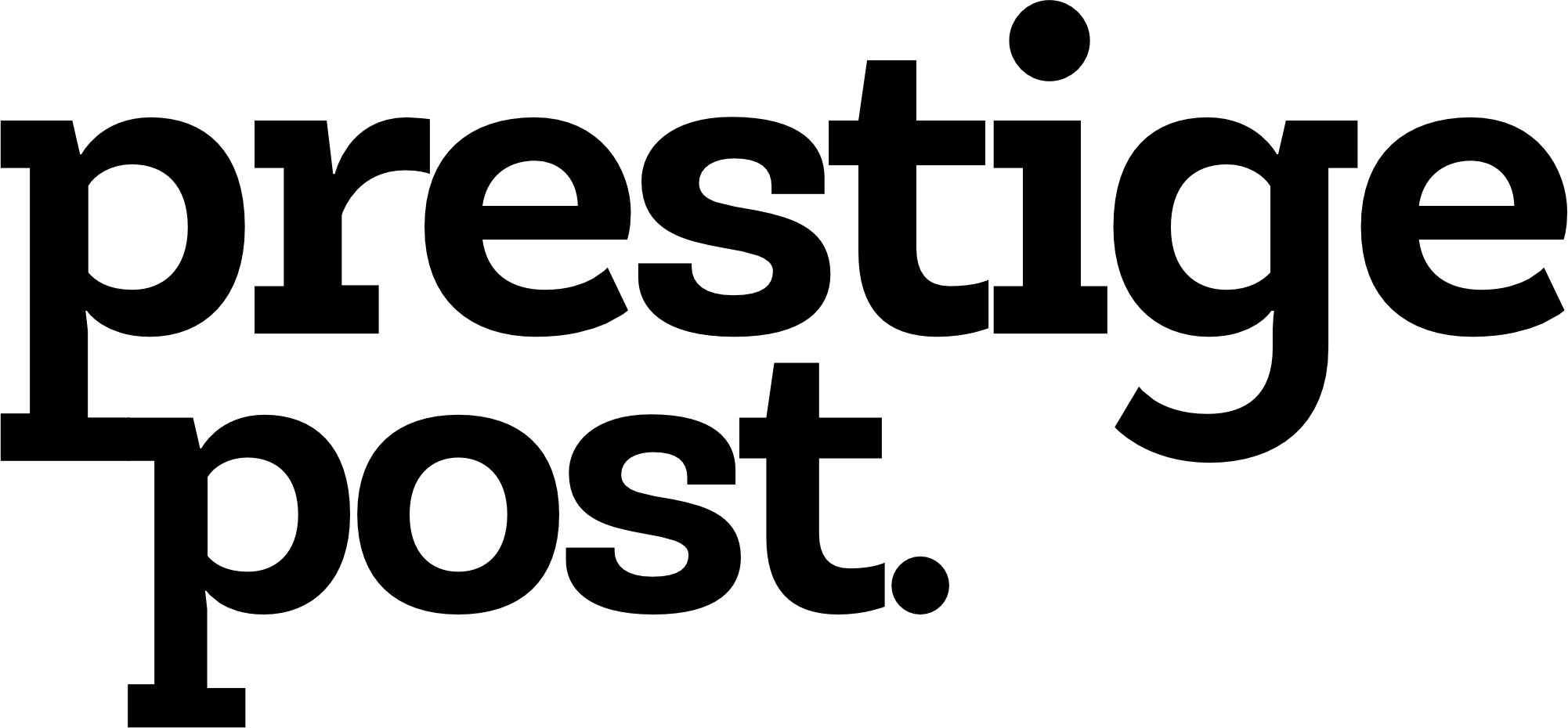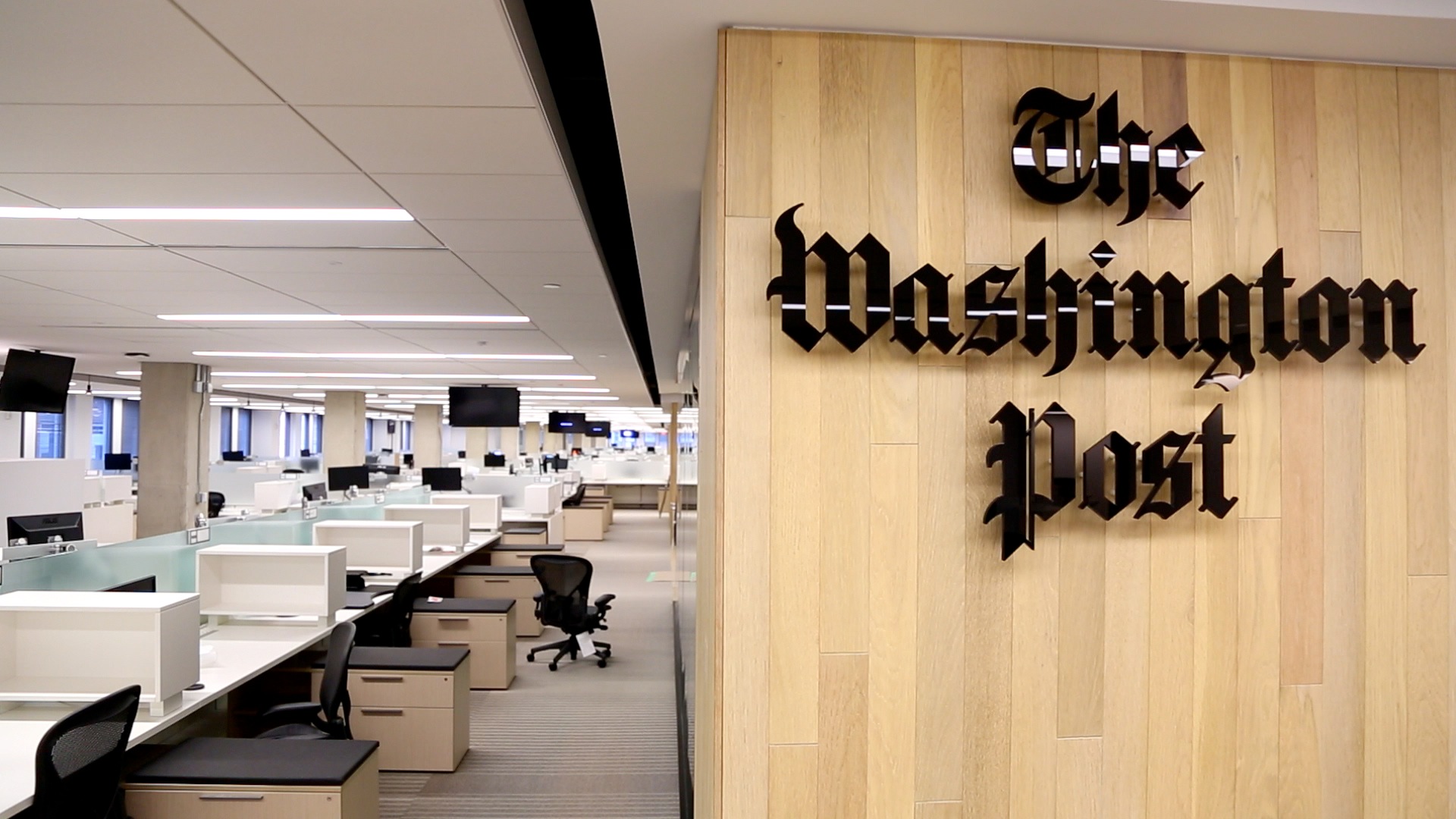On Wednesday, the newly appointed publisher and chief executive of The Washington Post, Will Lewis, took to the stage at the company’s Washington, D.C. headquarters to present his strategic vision for leading the esteemed newspaper into a financially robust future.
Dressed in a navy blue blazer, button-down shirt, and his signature sneakers—a touch of his characteristic casual style—Lewis began by delivering the stark realities of The Post’s financial situation. He revealed to the assembled staff that the newspaper had suffered a $77 million loss over the past year, accompanied by a significant 50% drop in its audience since the peak year of 2020.
“To speak candidly,” Lewis commenced the 90-minute meeting, “we are in a hole, and we have been for some time.”
Despite these challenges, Lewis outlined a detailed recovery plan intended to revitalize the institution known for its groundbreaking journalism and influential reporting. This plan, referred to as the “build it” phase of the turnaround project, follows the initial “say it” and “fix it” phases. Lewis utilized a pyramid diagram in his PowerPoint presentation to help staff visualize the new business opportunities.
The pyramid depicted traditional subscription models alongside innovative subscription and payment options. Among these new revenue streams are “flexible payments,” described as “frictionless payments” aimed at reaching a likely untapped market. For example, individuals interested in a single article on The Post’s website will soon be able to make a one-time purchase via services like Apple Pay, with this feature expected to launch next quarter.
Additionally, new subscription tiers, Post Pro and Post Plus, are being developed to target both working professionals and dedicated readers. These tiers will offer enhanced products, including a new newsletter focused on climate and economic issues. This strategy mirrors successful premium subscription models adopted by other media outlets such as Axios and POLITICO, which have diversified their revenue streams effectively.
“We think that we’ve been a one-size-fits-all organization for too long,” said Karl Wells, chief growth officer at The Post. “We’re excited to create a new set of consumer and professional products that better meet the needs of our multi-faceted audiences.”
The recovery plan extends beyond subscription innovations. Vineet Khosla, the chief technology officer and a veteran of Silicon Valley, joined Lewis to discuss integrating artificial intelligence (A.I.) into The Post’s operations. Khosla acknowledged the widespread fear of A.I. but emphasized its potential as a transformative tool.
“I totally get that there is a huge fear of A.I. everywhere,” Khosla remarked. “But I want us to go beyond the fear. The way I see us operate is we have A.I. everywhere. We have A.I. in our newsroom; we have A.I. with our consumers; we have A.I. in the business… Start thinking of it as a copilot.”
The Post is already experimenting with machine learning models. It has begun using A.I.-generated voices for listening to select newsletters, and an internal memo from Executive Editor Sally Buzbee announced an expansion of A.I.-generated article takeaways, which will be edited by human staff.
Additionally, Kathy Baird, the chief communications officer, emphasized efforts to strengthen audience relationships with The Post’s journalists. This initiative aims to promote key journalists and enhance their connection with readers, highlighting the human aspect of journalism even as A.I. becomes more integrated.
Whether these multifaceted initiatives will be enough to reverse The Post’s fortunes remains to be seen. The challenges are considerable, as demonstrated by the troubling financial disclosures. Nonetheless, Lewis expressed confidence in the plan’s potential to lead The Post to renewed success. “I really hope at some point in the future, when you look back on this day,” Lewis concluded, “it’s actually quite a significant day in the history of our company.”









